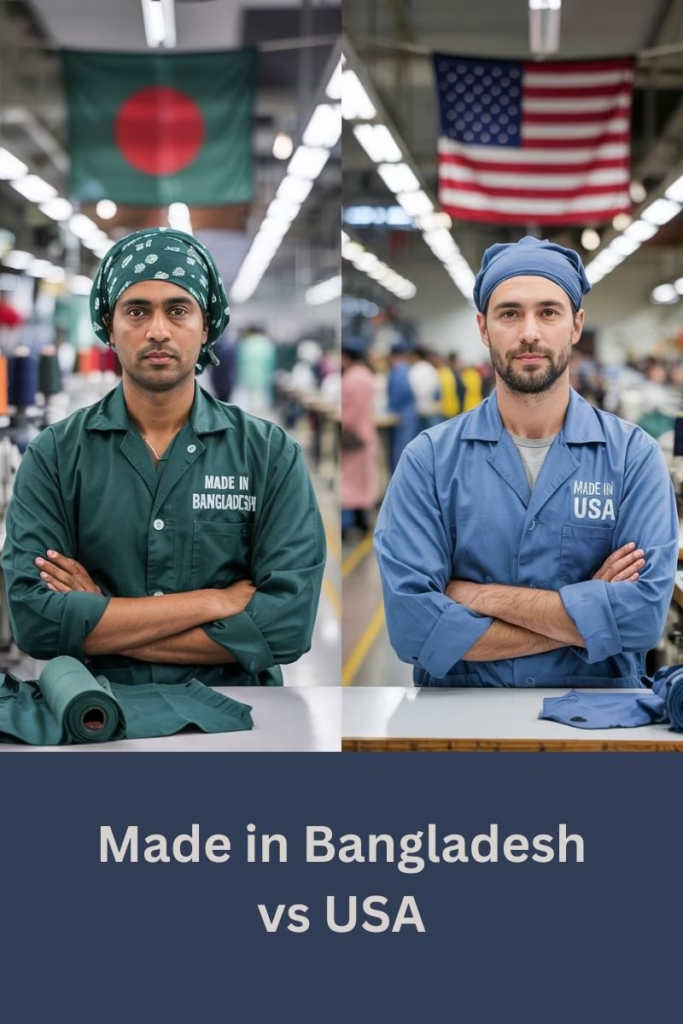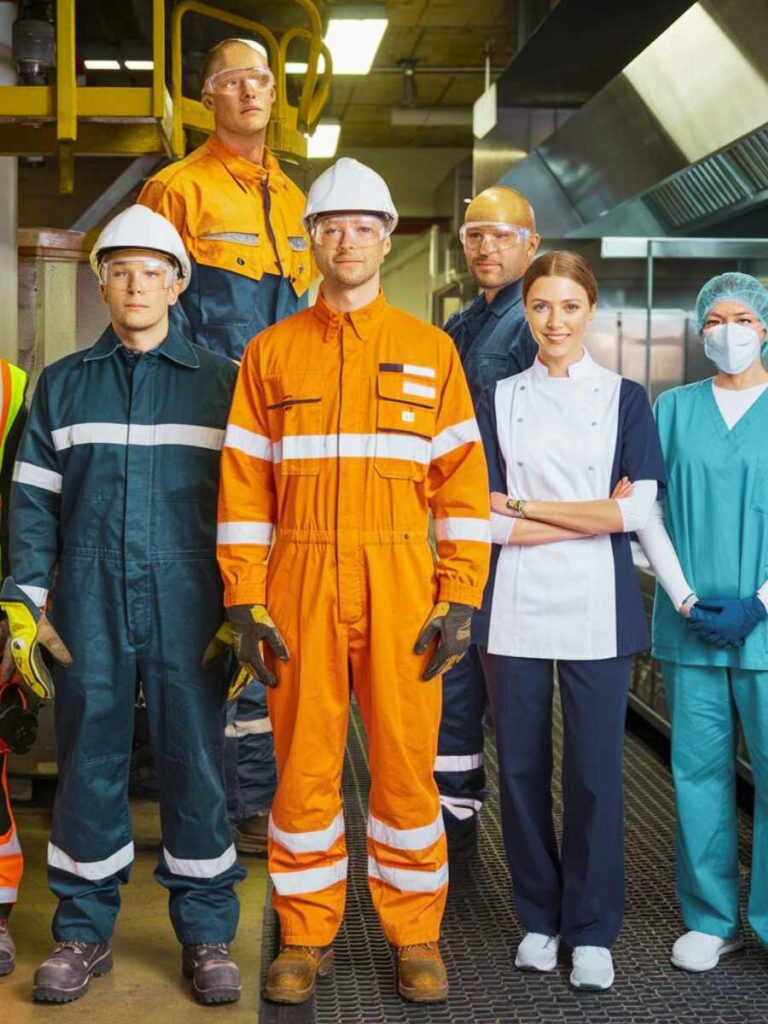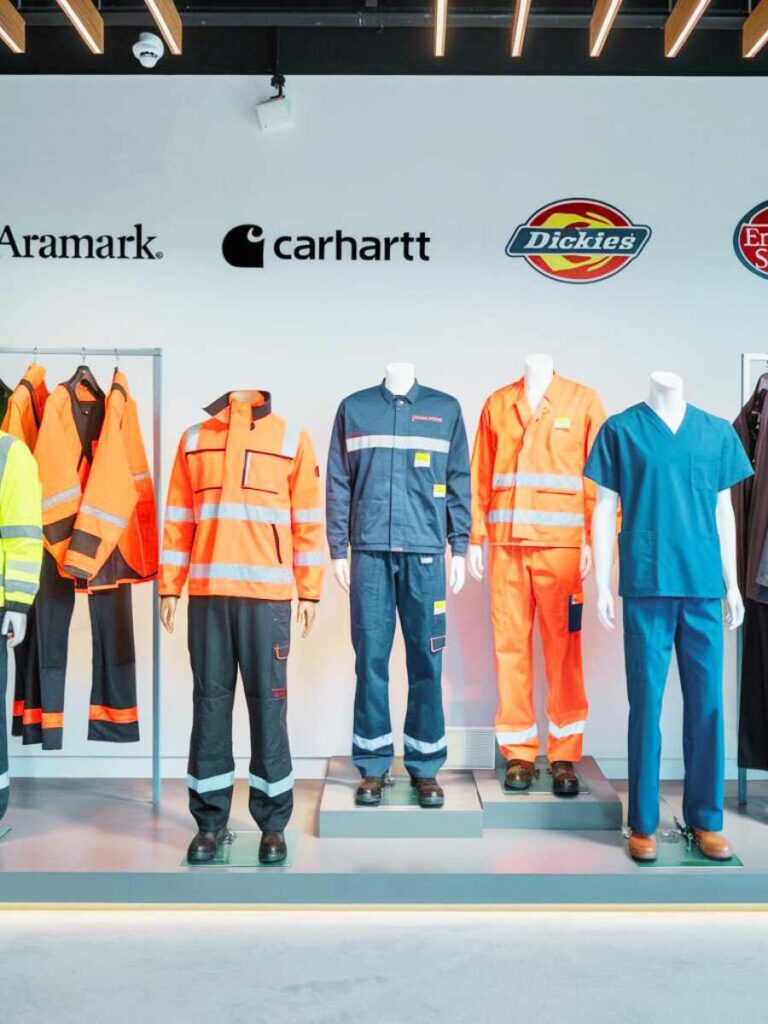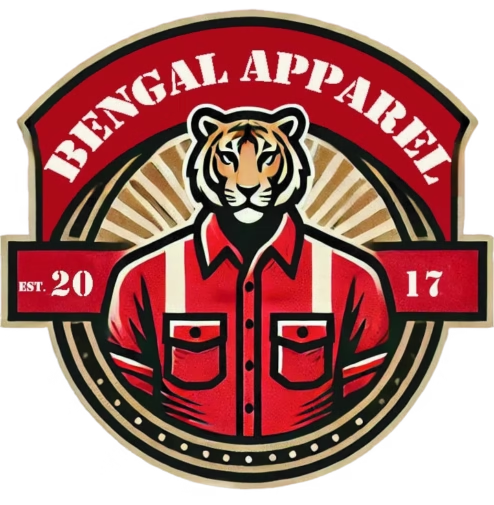When it comes to buying workwear, one of the most important factors professionals consider is quality. Durability, comfort, and craftsmanship are all crucial—especially in industries like construction, manufacturing, hospitality, and healthcare. Increasingly, buyers are comparing products based on their country of origin. Two major players in the global workwear market are Bangladesh and the USA. So how does Made in Bangladesh compare to Made in USA workwear?
In this article, we’ll explore key differences and similarities in quality, manufacturing standards, materials, labor practices, and value between the two. Whether you’re a procurement manager, retailer, or end user, understanding this comparison will help you make informed decisions.
Overview: Why Compare These Two Origins?
Bangladesh has become a global leader in garment manufacturing, known for its high-capacity factories and affordable production costs. Meanwhile, the United States maintains a niche but respected domestic garment industry focused on craftsmanship, local sourcing, and sustainability.
With both countries producing workwear for global markets, the comparison between Made in Bangladesh and Made in USA is more relevant than ever.
1. Fabric and Material Quality
Made in Bangladesh
Many manufacturers in Bangladesh use globally sourced raw materials, including high-quality cotton, polyester blends, and advanced technical fabrics. Leading factories work with global brands and often adhere to strict specifications.
Factories in Bangladesh focus on providing reliable fabric testing, colorfastness, shrinkage control, and tensile strength—ensuring garments can withstand industrial conditions.
Pros:
- High-quality fabrics at lower costs
- Flexibility in material sourcing
- Large-scale production capacity
Made in USA
U.S. workwear brands often emphasize local sourcing of materials, particularly organic cotton or high-performance textiles developed domestically. Quality control is typically rigorous, and fabric innovation (like flame-resistant or moisture-wicking fabrics) is often developed in-house.
Pros:
- Advanced fabric technologies
- Local and traceable sourcing
- Strong consistency in small batches
Verdict: Both countries offer strong fabric quality, but Made in Bangladesh excels in cost-effective production with global-grade fabrics, while the U.S. leads in innovation and traceability.
2. Stitching and Construction Quality
Made in Bangladesh
High-volume factories in Bangladesh use advanced sewing technology, automated cutting machines, and standardized QC protocols. This enables them to deliver consistent stitching, reinforced seams, and structured fits—ideal for rugged workwear.
Bangladesh-made garments are often double-stitched and bar-tacked at stress points to meet international durability standards.
Made in USA
Smaller batch production often means more hands-on oversight and attention to detail. American-made garments typically feature excellent stitching precision, even if production volumes are lower.
Verdict: While both countries maintain good construction quality, Made in Bangladesh offers scalability without compromising on durability, especially for export-standard workwear.
3. Compliance and Certifications
Made in Bangladesh
The top-tier factories in Bangladesh are WRAP-certified and compliant with ISO, OEKO-TEX, and BSCI standards. Many also follow buyer-specific codes of conduct regarding chemical usage, environmental sustainability, and social compliance.
Made in USA
U.S. manufacturers must comply with OSHA, EPA, and local labor regulations. Certifications like NFPA, ANSI, and ASTM are commonly followed, especially for specialized workwear like flame-resistant clothing.
Verdict: Both countries meet international compliance standards. However, for large-scale buyers, Made in Bangladesh offers a wider range of globally certified options with competitive pricing.
4. Labor Practices and Ethics
Made in Bangladesh
Labor conditions in Bangladesh have seen significant improvement, especially among export-focused factories. The industry has made major strides in worker safety, fair wages, and employee welfare, thanks to oversight by global buyers and local reforms.
That said, some smaller or non-compliant factories may still fall short. Choosing certified manufacturers is key.
Made in USA
Labor laws in the U.S. ensure fair wages, regulated work hours, and safe working environments. However, these labor protections come with higher operational costs, which often translate into higher retail prices.
Verdict: Ethical buyers can find responsible partners in both countries. The difference lies in cost—Made in Bangladesh provides ethical workwear at scale and lower prices when sourced responsibly.
5. Design and Customization
Made in Bangladesh
Factories in Bangladesh are increasingly offering OEM and ODM services. That means buyers can either bring their designs or choose from a catalog of pre-designed products with full customization—colors, embroidery, logo placements, and more.
Made in USA
American manufacturers typically focus on smaller batch customization with a premium feel. Lead times are shorter for domestic orders, but design options might be limited due to production constraints.
Verdict: For businesses looking for custom uniforms in bulk, Made in Bangladesh provides more flexibility and lower MOQs (minimum order quantities) with high-quality results.
6. Price vs Value
One of the most significant differences is cost.
- A standard cotton coverall Made in Bangladesh might cost around $8–$12 FOB (free on board), depending on volume and customization.
- The same item Made in USA can range from $30–$50 or more, due to labor and operational expenses.
While the U.S. product may offer some perceived value through local production, Made in Bangladesh delivers similar quality at a fraction of the price—ideal for businesses purchasing workwear in large quantities.
Verdict: For large-scale procurement and B2B orders, Made in Bangladesh delivers excellent value with reliable quality.
7. Brand Perception and End User Confidence
Made in Bangladesh
Global brands like H&M, Zara, and Dickies already manufacture in Bangladesh, showing confidence in the country’s garment quality. As awareness grows, consumers are becoming more accepting of Bangladesh-made apparel, especially when branded and marketed effectively.
Made in USA
There’s a strong “Buy American” sentiment in certain sectors. Products labeled Made in USA can command higher trust and loyalty among patriotic or sustainability-minded buyers.
Verdict: Brand perception varies by audience. Made in Bangladesh is gaining global credibility, while Made in USA retains niche appeal in select demographics.
Final Thoughts: Which Is Better?
There’s no one-size-fits-all answer. The decision between Made in Bangladesh and Made in USA workwear comes down to your specific needs.
- Choose Made in Bangladesh if:
You need high-volume, quality workwear at a cost-effective price with custom design options. Perfect for retailers, wholesalers, and businesses with large teams. - Choose Made in USA if:
You prioritize local sourcing, minimal environmental impact, or premium branding with a focus on craftsmanship and domestic labor standards.
Ultimately, Made in Bangladesh stands out for balancing quality, price, and scale, making it the top choice for growing businesses, uniform suppliers, and workwear brands looking to stay competitive.
Looking for a Trusted Made in Bangladesh Workwear Manufacturer?
At Bengal Apparel BD, we specialize in premium-quality workwear manufacturing from Bangladesh. With international certifications, scalable production, and strict quality control, we help brands and businesses across the U.S. and beyond source uniforms they can trust.
Contact us today to learn more or request a free quote.




